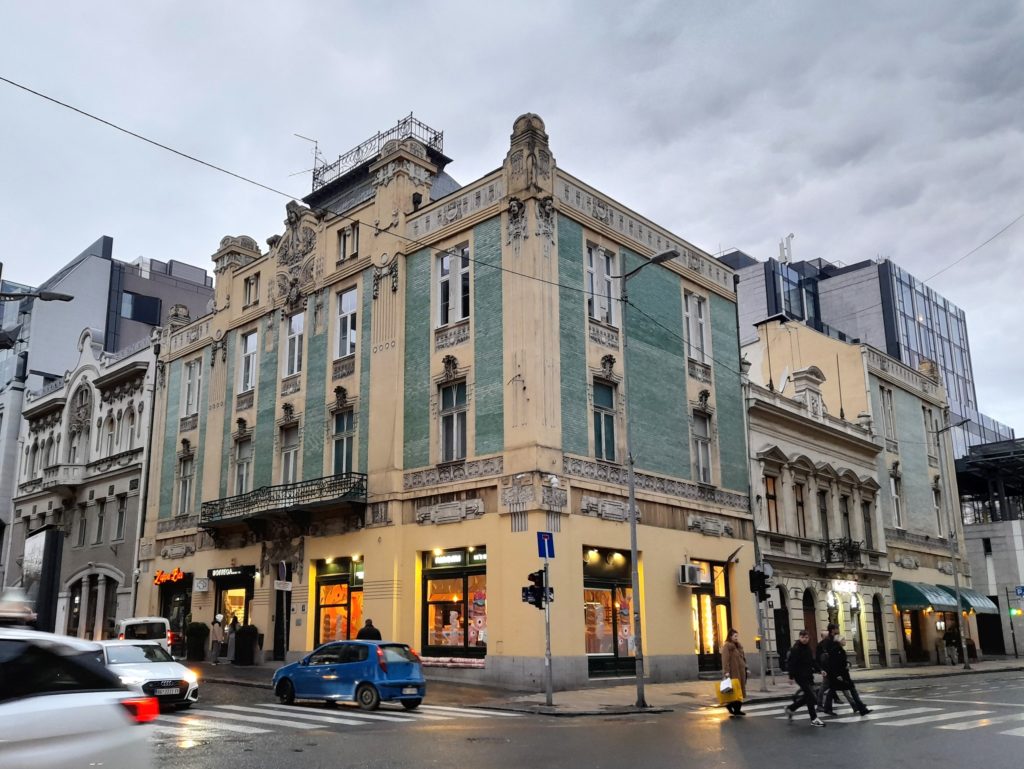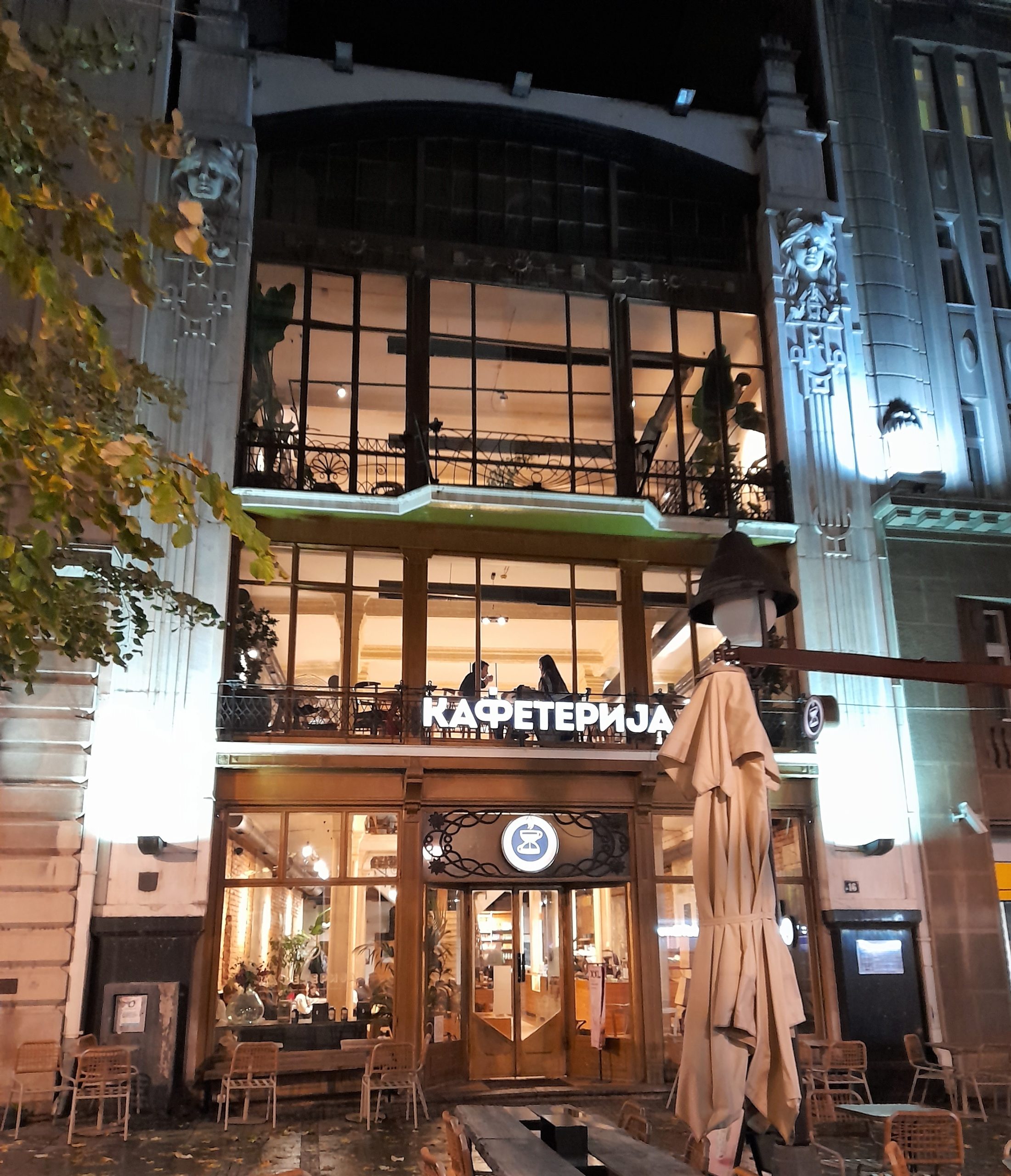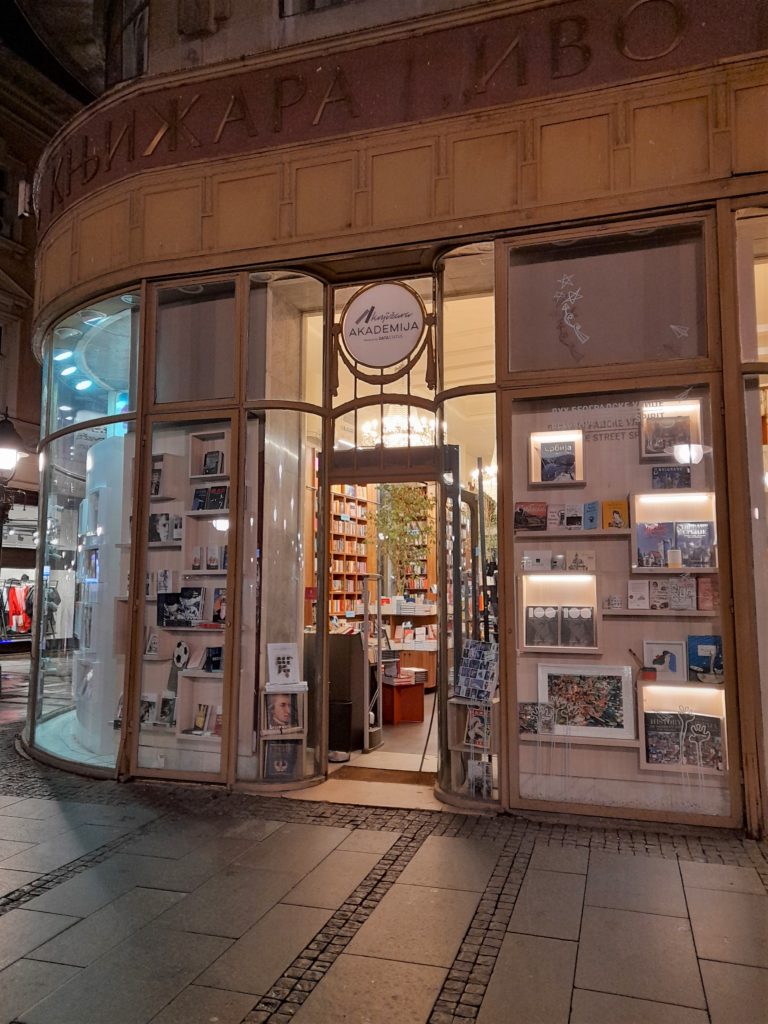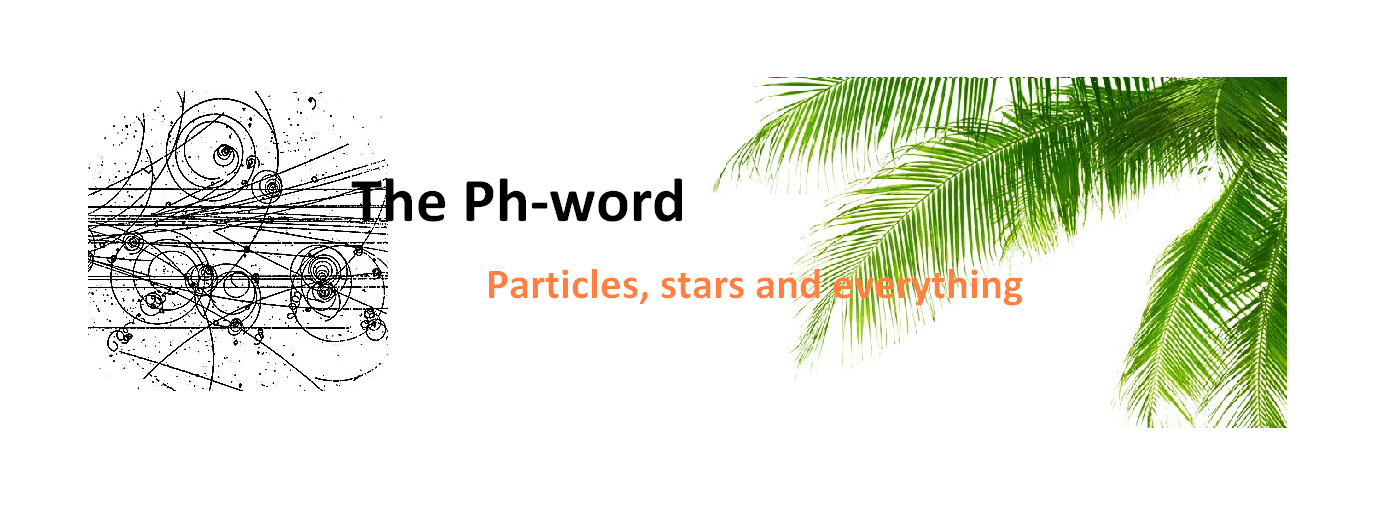A few months ago I had the joy of getting a tour of Serbia’s innovation scene, a tour which included three towns, a few dozens of startups and institutes, numerous shots of rakija and general balkan goodness. As a break from the usual physics on this blog, here are 5 worth-sharing tech-related (although, look at #4) things I saw.
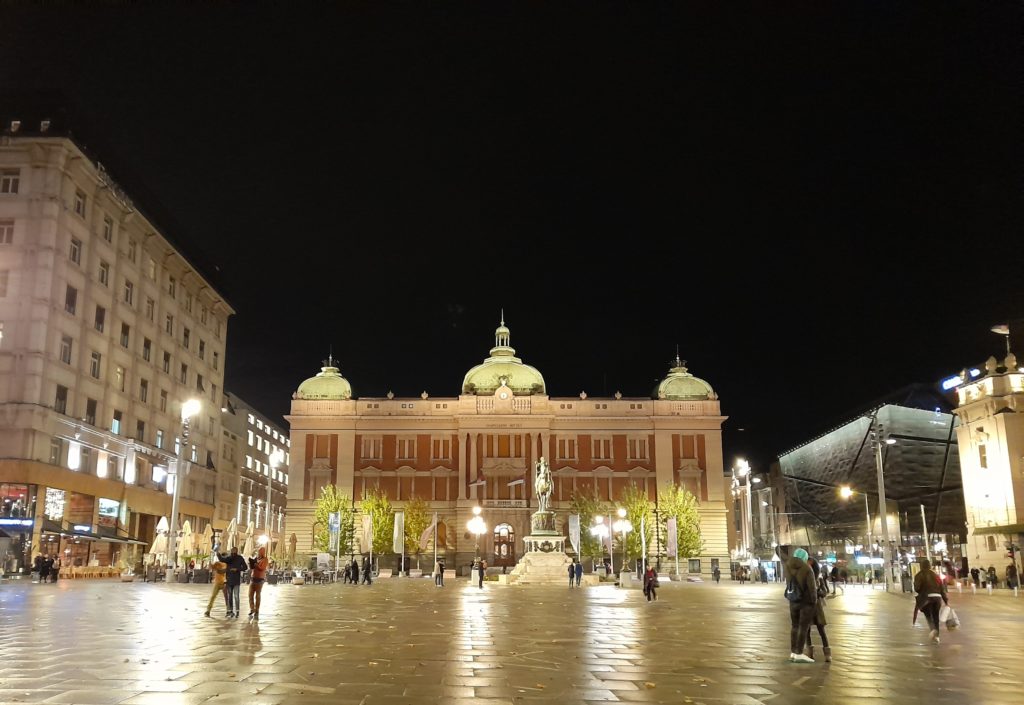
1. Kids learn AI in elementary school
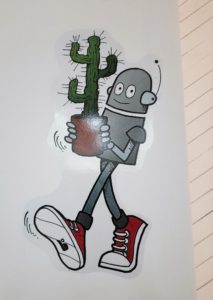
Okay, this doesn’t mean that they code AI (although I guess that for everyone this will soon be a task delegated to AI), but are taught the basics and what one properly needs to know today. The PoV being, to borrow the words of Serbia’s minister of development, that soon AI will be like electricity in that it will permit everything else to work.
Incidentally, or perhaps not, it seems the country receives a high input of IT outsourcing, with a sweet tooth for the gaming industry.
2. Energy forensics
Thinking back on the startups I saw in the trip, one that pops to mind is Energy Pulse in Novi Sad. What it does is planting non-invasive devices in industrial machinery. And use them for real-time control of energy flow, avoidance of power waste where it really counts (as opposed to, say, the bulb in your entryway), and for what they aspire to call “24/7 system doctor”.
3. Electronics museum plus deco (at S&T Park Niš)
By no means did Serbia start having coding and electronics only recently or something. R&D was huge for decades, IT has been going strong since the end of WWII, and the town of Niš used to be an epicentre for the electronics industry in decades past.
The new local Science and Technology Park, a huge start-up nest, sees itself as the torchbearer of the tradition. And devotes one hall to a little museum with locally-produced vintage consumer electronics, all in working condition.
The ambience in the museum is outstanding. But I couldn’t omit the rest of the Park’s aesthetic which my artistic side felt is close to the ideal for a start-up incubator.
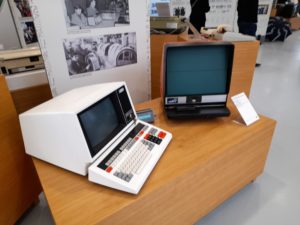
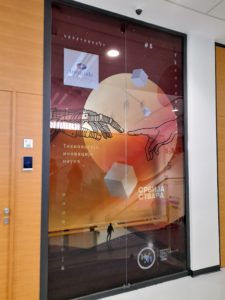
4. Spoons and the obvious
Now for something different. Sofija Stefanović is an archaeologist in Belgrade who maps the evolution of child-rearing in prehistoric humans. Her research is much interesting, but today I’ll single out one piece of trivia that had me rolling my eyes.
For a long time now, archaeologists knew of some weird-looking small spoons that were regularly found alongside normal ones. Around 200 papers have been published exploring the topic and proposing various theories about the “weird objects”, with most believing they had some ritual use. Enter Stefanović’s team and stating the obvious that someone needed to state: they were spoons for babies. 🙄
(Just for the sake of completeness, I’ll add that they later proved it conclusively by reproducing the teeth marks seen on the weird objects.)
5. Future farming is now
Mokrin in the Vojvodina region is becoming the first “digital village” as we speak.
The BioSense biotechnology institute in Novi Sad has the ambition of applying its digital farming research on this quaint village of five thousand people. Where “digital farming research” means remote crop monitoring, plant disease prediction, optimization of parameters like soil usage and seed selection, robot farmers, nanosensors and plant-o-meters (which is a term that I didn’t make up).
Finally, I can’t leave you without putting the innovation in Serbia in a cultural perspective (aka an excuse for more great building photos from Belgrade with a dark academia vibe).
